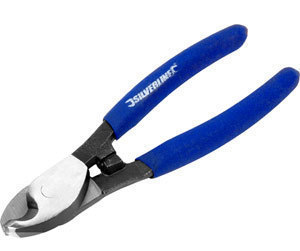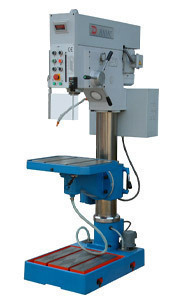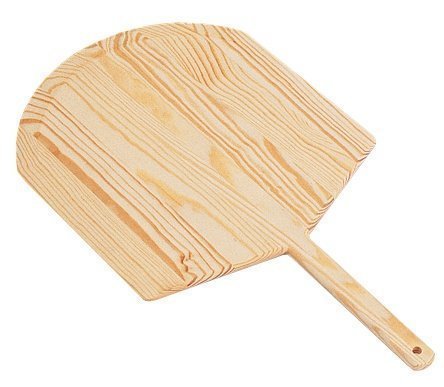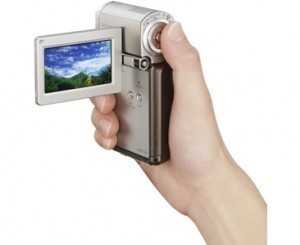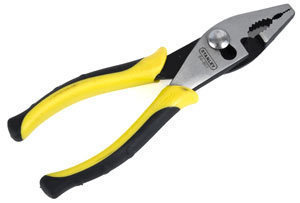How Small is a GPS Receiver?
GPS receiver sizes can range from 2.2 x 2.2 x 0.4 inches to 4 x 4 x 2 inches. Because there are new receivers always being developed, other sizes are available. Some units are much bigger than these but the trend is towards smaller gadgets.
Features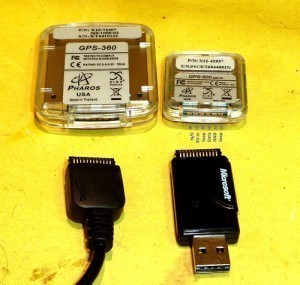
Each manufacturer tries to put unique features in their device. The well known brands are best known for their accuracy up to a few feet. These receivers are powered by chipsets. Their features include lower power consumption, quick time-to-fix and sensitivity.
They also function well even in low-visibility settings. The high-end receivers can also work around tall structures and crowded cities. These locations have traditionally been the bane of GPS.
A look at the various GPS receiver sizes will show that many are small, ideal for those on the go.
You should also look for gadgets that are waterproof. Some even have magnetic mounting. With this you can set the device on the roof of your vehicle. Some receivers also have cable so you can link them to desktop computers and laptops.
What is GPS?
GPS stands for global positioning system. Variants exist. The most popular are the handheld types. These devices have often been used by surveyors, geocachers and hikers to find their location in longitude and latitude.
However, they are now being used by drivers as well. Over the years, their features have increased. They offer points of interest on the roads ahead. They also offer traffic information, street by street direction and even text to speech.
Origin
The GPS system was invented by the U.S. Navy to help submarines navigate. In 1983, the technology was made available to the public. But it was not until 1995 when the entire system was declared complete.
How the System Works
The handheld and its variants utilize the GPS satellite system. Using this information, a location is determined. The devices function by getting information from the satellites that are around the planet. Satellite connections are utilized and the position is triangulated.
The more satellites that the receiver can hook up with, the more precise the information will be. These features have turned the receivers into useful devices. The majority of these handhelds set their positions in maps, both regional and local.
Not only are the GPS receiver sizes becoming smaller, but they are also now more accurate. With technological improvements, these devices are now considered by many drivers and hikers as valuable..
